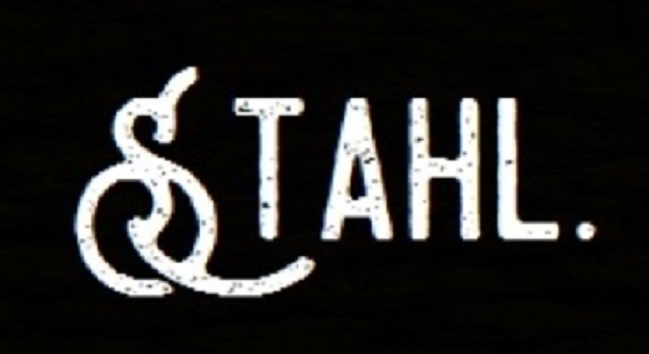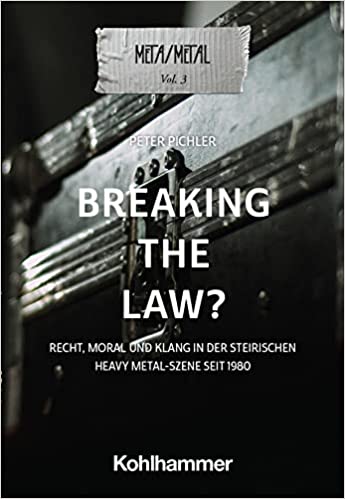Since my last blog post on the “Mexican experience” of writing about metal, quite some time has passed. Also in writing my book about the history of the Styrian heavy metal scene. At the moment, the focus of the writing is on the phase of the 1990s with its pluralisation tendencies and the 2000s with the beginning digitalisation of the scene.
What is formative for this phase and therefore now also characterises the reflection on writing are both continuities and processes of change in the Styrian metalness identity in those years compared to the 1980s as the founding period. The scene consolidated and pluralised in the 1990s, finally becoming digital around 2000.
In writing, this touches on a theoretical core question of metal studies, namely how heavy metal (in Styria) can be theoretically explained. For these decades, the history of the Styrian metal scene is about determining the interplay of law, morality and sound for the construction of the local metalness identity. There is the “pure” historiographical, the “pure” musicological and the “pure” legal view – or the possibility, which seems wiser to me, of thinking all three integrally and together.
It therefore seems most appropriate to me at this stage of writing to see the history of metal in Styria since 1990 as a “hybrid” of musical, moral and legal aspects. All together make up the specific “soundness” of this scene. Metal can therefore perhaps be explained as the “trinity” of law, morality and sound – at least in this specific scene at this specific time.



